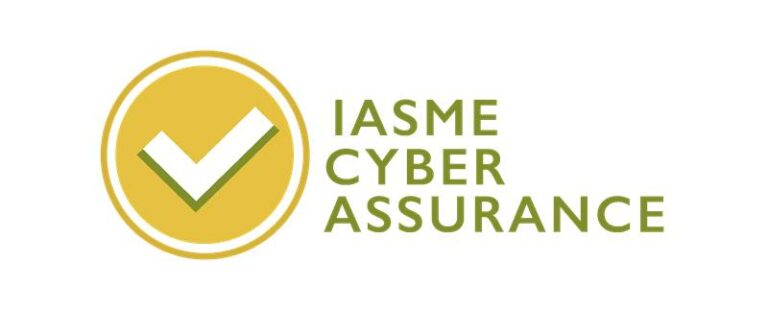Digital Attack Surface Assessment
Digital attack surface assessment identifies and analyses your organisations attack surface on the internet. It provides point in time snapshot of security risks that could be exploited by threat actors.
Get in touch











Overview
Threat intelligence services work on the objective that defence controls must be improved to minimise the ever expanding attack surface. In order to deal with threats, organisations must be aware of their attack surface. Entire threat intelligence domain works on the principle of “What you don’t know can hurt you”. Here’s how Gartner defines threat intelligence:
Threat intelligence (TI) is evidence-based knowledge — including context, mechanisms, indicators, implications and actionable advice — about an existing or emerging menace or hazard to IT or information assets.
The attack surface of your organisation is composed of multiple connects of information related to people, processes and/or technology in use. These attack vectors can be utilised as a stepping stone to launch cyberattacks or gain unauthorised access into your organisation.

Digital Attack Surface Assessment
The attack surface of your organisation is composed of multiple connects of information related to people, processes and/or technology in use. These attack vectors can be utilised as a stepping stone to launch cyberattacks or gain unauthorised access into your organisation.
This assessment outcome helps organisations to assess their attack surface proactively, providing an opportunity to act on potential risks affecting the business over the internet. Real value is added to the business by acting on these risks before these are exploited by threat actors. Our expertise adds this value to customer security teams without their big spend on resources such as skill-sets, tools. Attack surface intelligence is an ongoing activity for many organisations to keep monitoring online presence and see what adversaries see, to analyse and contain the risk before it’s exploited.
A cyber attack surface assessment delivers multiple business benefits:
- Attack surface analysis to identify high risk areas and blind spots
- Improve your security team’s efficiency
- Streamline your IT spends
- Lower Risks and Likelihood of Data Breaches
Minimise costs, maximise efficiency.
How this helps your business?

External threats assessed within the Attack Surface Assessment report include:
- Targeted Threat Assessments
- Cyber Attack Surface Analysis
- Flexible pricing to allow full control of your investments
- Detect leakage of your assets & personnel via specialised OSINT checks
- Assess your internet facing assets against threats and vulnerabilities
- Risks against your supply chain
- Detailed reports with risk based analysis of vulnerabilities
Book your Digital Attack Surface Assessment today
Benefits of Attack Surface Analysis
Prepare against evolving threats
The nature of cybersecurity threats is one of constant evolution; growing in sophistication and changing in order to exploit new vulnerabilities and evade detection. This is why you need to perform regular security assessments to protect your network.
Minimise costs and maximise efficiency
Our managed security services offer you a security team working for you at a fraction of cost should this be an in-house team. This would also incur expense on acquiring technology stack.
Security is a continuous process
There is no magic bullet or one size fits all cybersecurity solution that will protect your network. In order to make sure you’re protected, you need continuous security assessments and up to date solutions that keep your organisation ahead of the curve.
Adopt Proactive Cyber Security Approach
Cybersecurity is only effective when it is proactive. By identifying weaknesses and vulnerabilities before they are exploited, you ensure the integrity of your network. Frequent security assessments also create a more efficient system, helping to prevent data loss and minimise any downtime that would affect your business and your customers.
What people say about our service
Stephen Rapicano
August 14, 2023
Thank you for taking time to leave this feedback, we appreciate your support.
John Blackburn (CaptainJJB)
August 14, 2023
Thank you for your time towards this feedback and continued support.
A A
August 17, 2023
Another five-star review! Thank you for your support and for making our day brighter!
Lee Walsh
August 21, 2023
Holistic review just like the holistic cyber approach, thank you for the review.
Luc Sidebotham
August 17, 2023
Thank you so much for your glowing five-star feedback! We greatly appreciate your recommendation of Cyphere for pen testing.
mike Dunleavy
August 31, 2023
Thank you, Mike, for the 🌟feedback, shall pass these kind words to Harman !
Mo Basher
August 12, 2023
Thank you for the stellar five-star review! We're over the moon with happiness, just like a rocket fueled by your kind words.
Dan Cartwright
August 14, 2023
Your five-star feedback has us doing a victory dance! We're as thrilled as a penguin sliding down an icy slope. Thank you, Dan, for waddling along with our business and leaving such a fantastic review!
nigel gildea
September 4, 2023
Glad you have positive feedback about our security compliance and technical risk offerings. Thank you.
James Anderson
August 14, 2023
Holy guacamole! Thank you for being an awesome customer and for brightening our day.
Adil Jain
August 14, 2023
Wow, you've granted us the ultimate high-five with your amazing five-star review. Thanks for making us feel like rockstars!
Shaban Khan
August 23, 2023
Thank you for the glowing feedback.
Tobi Jacob
July 10, 2023
First impressions are everything - we're thrilled that ours was a hit! Thanks for choosing us.

